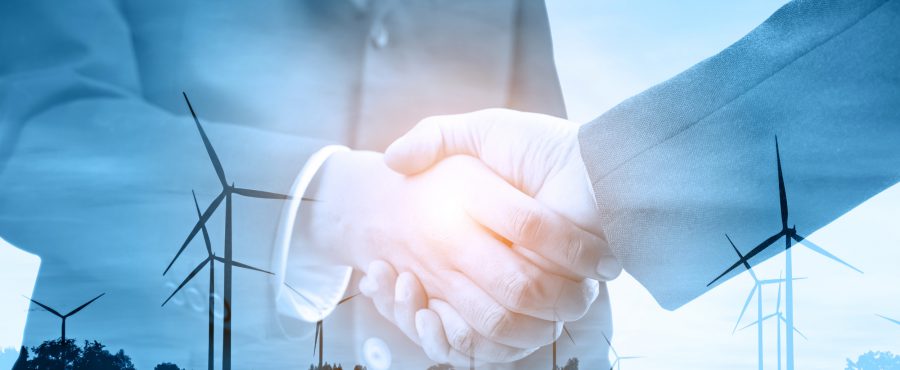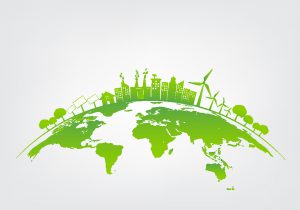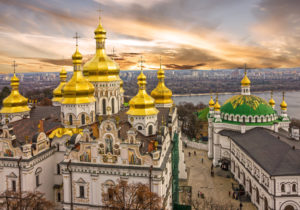
The concept of an energy cluster has been formalised in the amended act on renewable energy sources in 2016. Implementation of the cluster concept at a wider range may constitute a significant stimulus for RES development in Poland, but also for the development of distributed energy generation. This is because a cluster, by definition, is a local range concept.
Energy Cluster – what it is and what it is not
According to the definition specified in art. 2 (15A) of the RES Act, an energy cluster is a civil law contract of a group of stakeholders concluded to accomplish a specific economic objective in the energy context, primarily in the field of electric power generation.
The fact that the contract is a civil law agreement means that such a cluster may comprise both companies, research institutes, foundations, local government units and individuals. This provides an unprecedented capability to build complex logistic chains that could support the RES power delivery process.
Such a civil law contract may be either an innominate contract (concluded for the purpose of service provision, which is not a labour contract or any other type of contract defined in the Polish law), a civil law related partnership agreement or articles of incorporation of a trading company.
At the same time, the purpose of concluding such a contract must be generation and balancing of the demand for, distribution or trading of RES power or power from other energy sources within a distribution networkI)https://wysokienapiecie.pl/1638-klaster-energii-nowosc-w-ustawie-o-oze/.
Half a billion Polish zlotys will be spent on supporting such initiativesII)https://www.pb.pl/pol-miliarda-na-klastry-energii-864651. Issues related to the organisation or functioning of the cluster were not precisely formulated on purpose in the act so that cluster-establishing units would not be constrained in their power-generation approaches.
How does it translate into practice?
Bare definitions will not help you understand the structure of a cluster. The whole concept is to combine, at the local level, the means for generation and consumption of power in order to ensure the maximum transmission of energy among the cluster components and at the same time to minimise outbound and inbound transmission. The cluster should be as self-sufficient as possible, obviously, considering the economics of the entire undertaking. Here, an example may be cooperation of once isolated power-generating entities, operating independently, such as owners of wind turbines and solar panels and local consumers, in order to adjust the generation profile to the consumption profile. The aim of a project is to best match both these profiles. Obviously, at a certain point the costs of the matching increase rapidly, which means the further process is no longer feasible economically. The cluster reaches its optimal point. Clusters may host providers of various types of energy, such as heat. This, for instance, allows the use of waste heat by a consumer who needs the heat for other purposes. And due to the fact that individuals may participate in the clusters, farmers providing biomass may also become participants of the structure.
Cluster in Słupsk
An example of an energy cluster whose goal is to reduce heat energy costs is one established in Słupsk out of an initiative of a municipal water utility company. The basis for this cluster’s operations is co-generation, meaning parallel generation of heat and electric power. The cluster creators estimate that thanks to connecting various entities into a cluster, it is possible to obtain a level of synergy never seen before.
Due to their local nature, energy clusters may much more effectively fit into the needs of both local producers and consumers of power. Thus, this tool makes it possible to build a truly modern distributed energy system.
| I. | ↑ | https://wysokienapiecie.pl/1638-klaster-energii-nowosc-w-ustawie-o-oze/ |
| II. | ↑ | https://www.pb.pl/pol-miliarda-na-klastry-energii-864651 |




